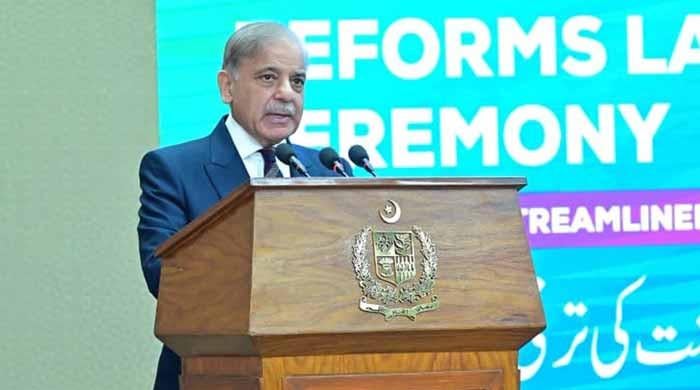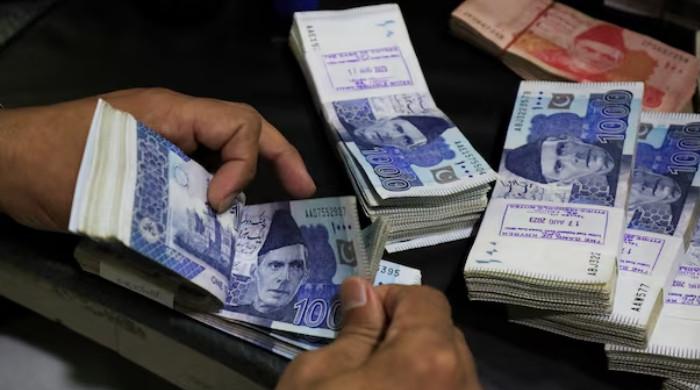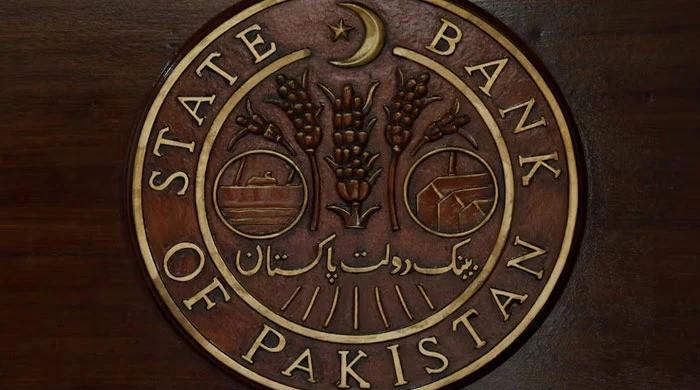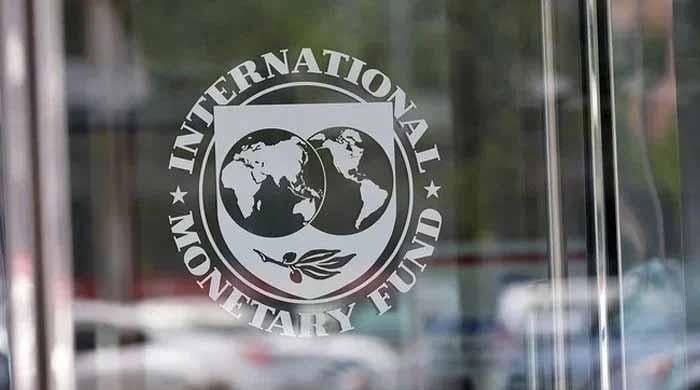Pakistan witnesses improved macroecnomic indicators in FY24: report
GAR highlights improvement in current account, moderate GDP growth and recovery of LSM production
October 19, 2024

- GAR underscores reduced external account pressure, inflation.
- EFF, deposits from friendly nations lead to exchange rate stability.
- Report also highlights moderate agriculture-led GDP growth.
KARACHI: As the incumbent government makes efforts to tackle multi-prong challenges on the economic front, a report issued by the State Bank of Pakistan (SBP) governor (GAR) for the fiscal year 2023-24 has revealed that the country, after a much tumultuous period, has witnessed improvement in key macroeconomic indicators.
The report, issued on Friday, attributed the development to fiscal consolidation, tight monetary policy, softer global commodity prices, better agricultural production and reduction reduced external account pressure which then resulted in inflation deceleration, build-up of foreign exchange reserves and stability in the market.
The GAR, published under the SBP Act that requires the governor to submit an annual report to the Parliament regarding the Bank’s objectives, state of the economy etc, also highlighted improvement in the current account, moderate gross domestic product (GDP) growth and recovery of Large Scale Manufacturing (LSM) production during the FY24.
Pointing out the decrease in the national consumer price index (CPI) inflation, it said that the fiscal year witnessed moderate agriculture-led GDP growth that was supported by a small but gradual recovery in large-scale manufacturing against a sharp contraction in FY23.
Noting the cautious approach in monetary easing by the central bank despite positive early signs kept the policy rate unchanged at 22% until nearly the end of FY24, to eliminate the risks of deep entrenchment of inflationary pressures, the report maintained that the gradual easing in both headline and core inflation led to a reduced policy rate of 20.5% in June 2024.
"This stance was supplemented by the alignment of fiscal policy with the tight monetary policy stance, where the year saw the first primary surplus in 17 years that also contributed to a notable decline in public debt in terms of GDP," read the GAR.
"The official inflows from multilateral and bilateral external creditors following the SBA, alongside the mobilisation of deposits from friendly countries; and the government’s decision to approach the International Monetary Fund (IMF) for an Extended Fund Facility program buoyed market sentiments and contributed to the stability in exchange rate," added the report while accentuating that the economy also benefited from the positive spillovers of a favourable global economic environment, especially lower commodity prices and marginally higher global GDP growth.
Furthermore, the financial sector showed resilience and continued the provision of credit and financial services while total banking sector deposits saw a notable growth on account of elevated interest rates and SBP's efforts towards financial inclusion and digitisation of payments, the report highlighted adding that growth in banking sector's loan delinquencies remained contained and capital adequacy ratio, assets quality, and liquidity indicators improved.
From the perspective of the financial sector's digitisation, the report highlighted the launch of SBP's Raast "Person-to-Merchant" service, which is set to accelerate the digitisation of business transactions across Pakistan, by enabling payments via QR Codes, Raast Alias, IBAN and Request to Pay.
The report also noted the key achievement of signing an MoU with the Arab Monetary Fund (AMF) to integrate the Raast payment system with Buna, AMF’s cross-border payment system.









